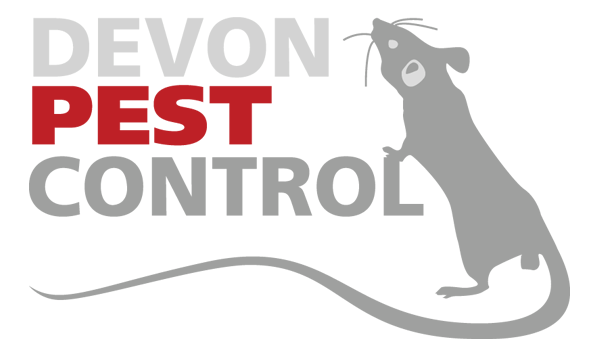Squirrels-Red Or Grey?
Squirrels are a typical pest that we receive many calls about at this time of year. Autumn is the time of year when they are looking for food sources and locations to nest as the colder weather draws in.
You are more likely to see a grey squirrel rather than red squirrels. Grey squirrels are not actually native to the UK. They are more aggressive in their nature compared to red squirrels and carry diseases which are fatal to our red squirrel population. Which is why red squirrels are now protected.
What do they look like?
Grey squirrels are typically larger in size and are stockier than red squirrels and grey/brown in colouring. Grey squirrels also tend to have bushy tails which have a ‘halo’ effect. This is due to their tail hairs having different bands of colour. The white colouring on the tips of these hairs can create the ‘halo’ effect. The colouring of a squirrel is not always the best way to determine what type of squirrel it is as they vary from red, brown and grey.
As pest controllers, we are only allowed to deal with grey squirrels. Grey squirrels are able to cause considerable damage to items they come into contact with. With trees for example, they will strip the bark off which weakens and even kills trees. They will create holes in your grass or plant beds as they dig to bury their food. They will also find holes in trees to nest. If they do happen to find their way into your home, they are able to rip up wall insulation, make holes in vents and chew through wood. They may even find their way into your attic space through a broken roof tile as this is nice and warm and the perfect place to make a nest.
They are very noisy pests so if you have a squirrel problem in your home you will most certainly know about it. Squirrels are most active in the early hours of the morning, you are likely to hear them scratching and scurrying around.
Proofing
It is good practice at this time of year to look at proofing your home. Simply take a walk around you home, inside and outside and make sure there are no gaps or holes that could be inviting to pests. It is also good practice, especially when thinking about squirrels to cut back/remove any over-hanging trees or bushes that come into contact with your home/roof as these can be used by pests to gain access.
Please do not hesitate to give us a call-we can offer advice and implement a proofing plan to help keep your home pest free.






